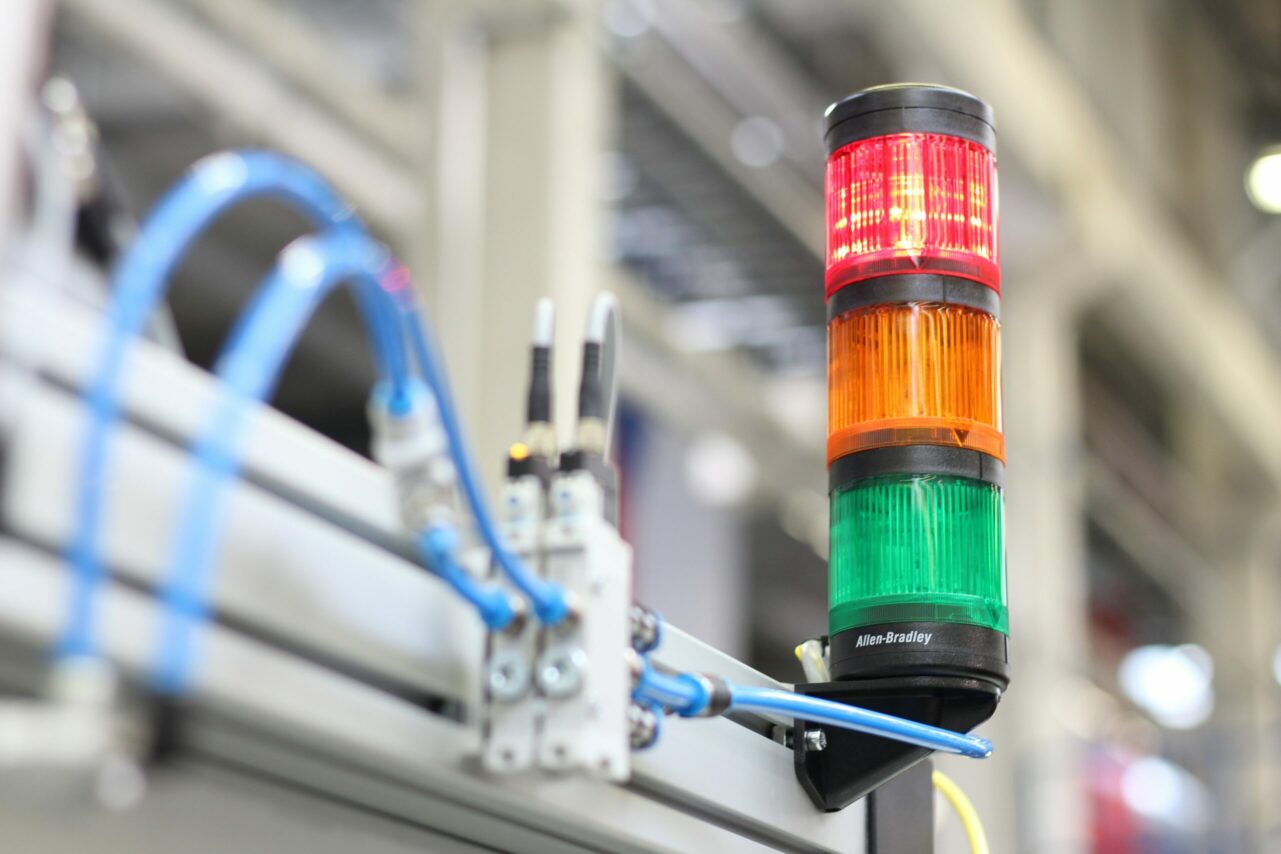A Robust Deployment Pattern for ML Models at the Edge
Published by Andrei Bondarenko
Advanced Analytics on Industrial Data.
Turning unplannable into achievable.

Simplifying MLOps at the edge with Azure IoT
At Sensr we recently had the opportunity to serve as an implementation partner on the DAP²CHEM project , an innovative project aiming to stimulate the transition of chemical and life science companies towards Industry 4.0. This project was a collaboration between top Flemish research institutes and top players in the chemical and life space (with a Flemish presence), Procter and Gamble, Ajinomoto Bio-Pharma Services and Janssen. Through this article we share our learnings about machine learning at the edge from that project.
Why ML at the Edge?
Most of our interactions with machine learning (ML) backed systems happen through communication over the internet. We send data to an ML model in the cloud for inferencing, wait a few (milli)seconds, and get a response with the results. At Sensr we often encounter Industrial Internet of Things (IIoT) systems where this pattern for ML inference can be prohibitive due to:
- The latency inherent to communication over the internet. The (milli)second delay that we mentioned might be enough for the window of opportunity where the output of the model is useful to pass. For example, a faulty item on a production line might be too far down the conveyor belt to be discarded.
- The absence of stable connectivity to the internet. This can be due to the environment the system operates in, or due to the nature of the device producing the data. ML-backed systems must be able to provide at least the same level of reliability as the systems they are replacing or improving upon in order to be viable. Hence, they must be able to properly function even when connectivity drops (un)expectedly.
- The high velocity and volume at which data is produced. In addition to amplifying the issues caused by the previous two points. Sending all of this data to the cloud for processing, whether in batch or real-time, would incur quite a cost. This is especially the case when the number of edge devices that produce data grow into the thousands.
- Although less relevant for industrial applications of IoT, laws and regulations may be in place for sensitive data, in order to protect the privacy of individuals. In this case, sending certain information to the cloud might be prohibited, or the risk of interception and leakage may outweigh the benefit of processing the data in the cloud.
Read more on Medium.





